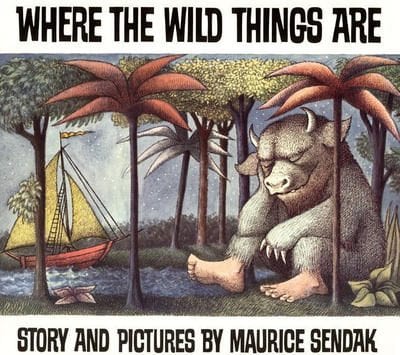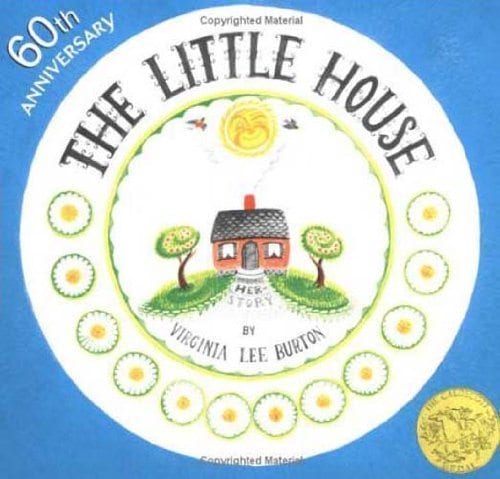3 Ways to Teach Close Reading With Picture Books

When we think of close reading, we well-nigh frequently call back about dense passages that, at first glance, seem like they require a magnifying glass, if not a sturdy pair of reading glasses, to clarify. But, the goal of shut reading is non to read and clarify every bit many words as possible, just to engage in critical thinking about a text and its ideas. And, particularly in elementary school, that includes illustrations.
Illustrators make many of the same choices authors make. They depict with purpose and create scenes and images that convey the arc of a narrative as well as the story's deeper meaning. Their choices reveal emotion, energy, item, and theme. (One important note: just like choosing text to read, picture books for close reading should be called carefully; look for books that have powerful, memorable illustrations.)
Here's how to engage your students in close reading with illustrations:
Pictures with a Purpose
When y'all're using a picture book, the purpose is still paramount. Setting a purpose puts students in the commuter'due south seat, so to speak, and shapes what they notice and focus on during the reading. For example, reading Where the Wild Things Are by Maurice Sendak, you may set the purpose to look at how Sendak communicates emotion through the pictures.

Questions are King
The key to close reading is still questions—this time questions based on the illustrations and that connect the story and illustration. Some types of questions y'all can ask most analogy, using The Little Firm by Virginia Lee Burton:
- Initiation Questions ask students to identify the key features or details in a picture:
- Where is the Fiddling House in each picture?
- What does each motion-picture show show nigh how people feel about the Little Firm?
- Bulletin and Linking Questions ask students to dig deeper, brand inferences, and draw conclusions:
- How does the illustrator evidence fourth dimension passing through the illustrations?
- How much attention do people pay to the Lilliputian House? How does the illustrator show this?
- What emotions does the Little Firm have? How does the illustrator personify the Picayune Business firm?
- Illustration-Specific Questions inquire students to clarify the unique elements of epitome. For case:
- Lines: How exercise the lines in the illustrations alter? What does this show?
- Colors: What are the dominant colors at the beginning and end of the book? What touch on does this have on the reader?
- Limerick: The Little House is at the same place on most of the pages in the volume. Why do you lot remember the illustrator chose to do this? What does information technology help the reader understand about the piddling house?

Cite Image Evidence
Encourage students to refer to the bear witness from the pictures and the illustrator when talking nigh the illustrations, just as they refer to text bear witness and the author. Another chat you can engage students in is analyzing the specific illustrator's way, and how the story would exist unlike if another illustrator had drawn the pictures. How might The Little Firm have been different if Maurice Sendak had drawn the illustrations?
What moving picture books have you lot used for close reading? Which illustrations are the most fun for your students to analyze?
Source: https://www.weareteachers.com/3-ways-to-teach-close-reading-with-picture-books/